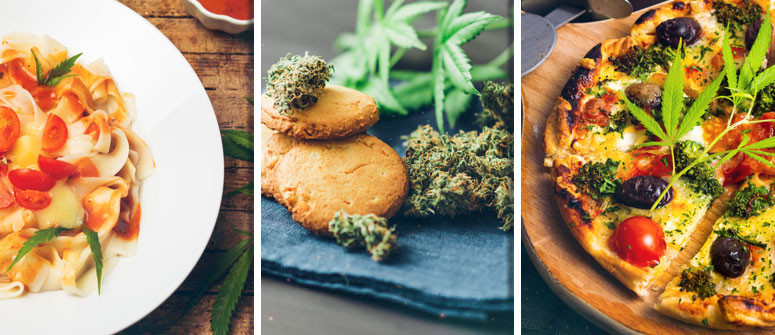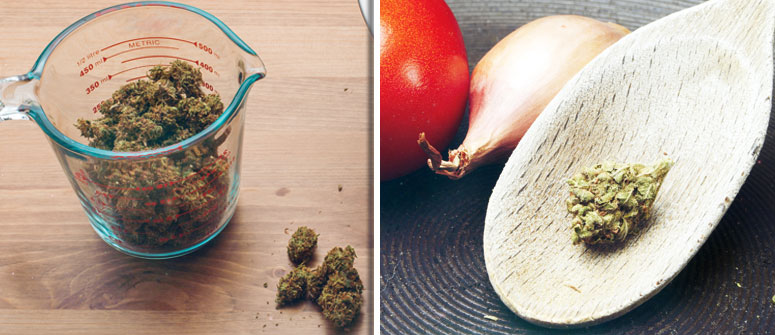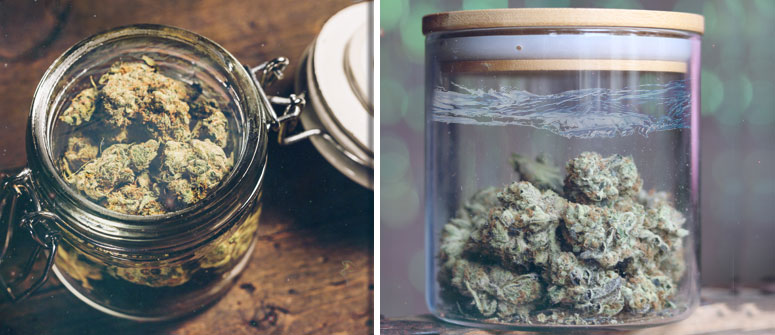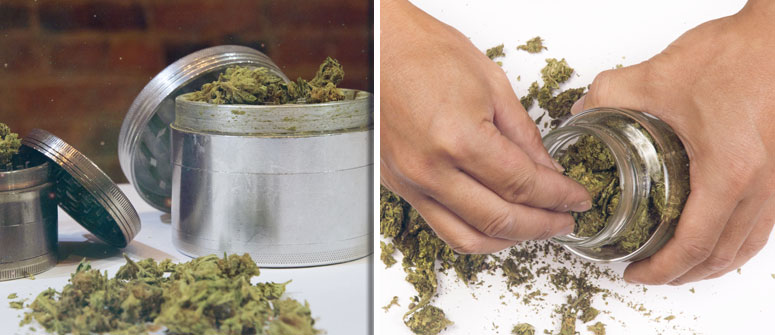10 essential tips for cooking cannabis edibles

There's more to making edibles than simply dumping buds into brownie mix. Here are 10 tips to help you step your edibles game up.
For many people, cooking with weed is kinda like taking a shot in the dark. But it doesn’t have to be this way. Here are 10 tips to help you become a better canna-chef.
1. CALCULATE YOUR DOSAGES AND POTENCY
This is really the first step to cooking properly with cannabis. If you don’t know the potency of the cannabis you’re using, it’s virtually impossible to gauge the cannabinoid concentration of your edibles and get a proper dose.
Unfortunately, not everyone has the ability to know how much THC, CBD, or other cannabinoids are in their weed because, you know, street weed isn’t exactly lab tested. But if you happen to live in an area where cannabis is legal and you can get reliable info on the potency of your bud, make sure you do.
This will really change your edible experience as it’ll allow you to get a solid idea of the cannabinoid concentration and how to divide up your doses.
Unfortunately, too many people have had a negative experience with edibles. That’s because they often contain strong doses of THC (which causes some uncomfortable side effects in high doses) and take notoriously long to take effect (meaning people tend to think the edibles haven’t taken effect yet, only to be left with a mind-boggling trip afterwards).
Just remember to start with a small portion and wait to see how your body reacts. By for instance first taking half a dose, assessing how you feel in roughly 45 mins to 1 hr, and then taking the rest of your dose if necessary, you minimize your chances of “overdosing” with edibles.
If you’re worried about the potency of your edibles not being high enough, and you still find your edibles could use an extra “kick,” try this little trick: adding some lecithin will help to crack it up.
2. DON’T JUST DUMP BUD IN YOUR FOOD

This might seem obvious to some of our readers, but we’re still surprised how many people think that throwing dried bud into brownie mix is all it takes to make edibles. Just to be clear, it’s not.
Dumping dried weed straight into your favorite dish is just going to do one thing: spoil your meal. First of all, the weed will give your food a pretty foul taste, and secondly, the dried plant matter might just make you throw up (because, newsflash, our bodies can’t digest non-edible plants like cannabis), and won’t get you high.
In order to infuse your food with cannabinoids, you need to first make an infused butter or oil, then use that oil or butter in your food.
3. DON'T WASTE YOUR PRECIOUS WEED
An important thing to know it that simply dumping a ton of weed into your butter or oil, doesn’t make for more potent edibles.
The fat molecules in butter or oil can only bind to a certain amount of cannabinoids. Adding a huge excess just ends up wasting weed. Best practice would be to just follow our recipes for cannabutter or cannabis infused olive oil.
4. CLEAN AND BLANCHE YOUR WEED

Unfortunately, most weed you get your hands on usually isn’t very clean. From insecticides and fungicides to natural chlorophyll, your weed actually contains a lot of impurities which, frankly, taste horrible.
For better-tasting and healthier edibles, make sure you clean your weed by letting it soak in distilled water for roughly 3 days, changing the water every 12 hours. Then, you’ll want to blanche your cleansed bud by adding it to boiling water for 5 minutes, followed by a 1-minute ice bath. You can then dry and decarboxylate the weed in the oven.
5. DON’T FORGET DECARBOXYLATION!
Decarboxylation is a process that helps to remove carbon atoms from the compounds in your weed, which helps activate the cannabinoids within the herb.
After all, this is why you need to heat weed (either by combusting it or putting it in a vaporizer) in order to feel its psychoactive effects.
Sure, your weed will heat up while you cook it in butter/oil, but by decarboxylating it first, you ensure more of those rich cannabinoids get infused into your food quicker.
6. GET YOUR GRIND RIGHT

There are countless edible recipes out there that tell you to grind your weed ultra-fine in order to make sure it infuses into your butter/oil properly. Unfortunately, that’s definitely not what you want to do.
Chopping or grinding your weed too fine is just going to leave with tiny, gritty weed flakes spread throughout your food, and trust us, you don’t want that. When making cannabutter or oil, you really should break up your weed into even pieces that are large enough to get caught in a strainer or cheesecloth.
The best way to get the right consistency for your weed is to simply break it apart by hand once it’s been cleaned and blanched.
7. DON’T SQUEEZE TOO MUCH!
Almost every cannabutter/oil recipe we’ve ever read tells readers to squeeze their weed when straining it from the fat. Squeezing it a little bit is fine, just don't overdo it.
If you squeeze the remaining weed too much, this is just going to extract extra chlorophyll from the plant and add it straight to your oil/butter. This will change the flavor and color of your oil or butter, and not for the better. The taste of chlorophyll is very bitter and very overpowering.
8. DON’T GO OVER 170ºC
This is really crucial. THC begins to burn at roughly 186ºC. That means, if you decarb or cook your weed above that temperature, you’re going to lose a lot of potency.
So, always make sure to gauge your temperature. Use a thermometer if you have one. And, just in case your thermometer is a little off, we suggest keeping temperatures at 170ºC. This is perfect for activating the THC in your cannabis without combusting it.
9. ALWAYS TASTE TEST
This one is simple. Every decent chef will tell you to always taste your food. And the same goes for cooking with weed. Whether you’re making brownies or risotto, make sure you taste your recipe before dishing it up to ensure it tastes the way it should. Just don’t taste too much! Remember, they’re edibles.
10. STORE AND LABEL YOUR EDIBLES CAREFULLY
This one is maybe even the most important one; make sure you store them properly!
Not only should most edibles be kept refrigerated in a sealed container so they keep longer, but even more importantly, make sure you keep them well out of reach of children, pets or even adults who might not need to get a taste of your delicious edibles.
You yourself also might not want to accidentally eat some edibles just before going to an important meeting. So make sure to label them, and maybe even hiding them from yourself might be a good idea.
.jpg)
.jpg)

.jpg)
